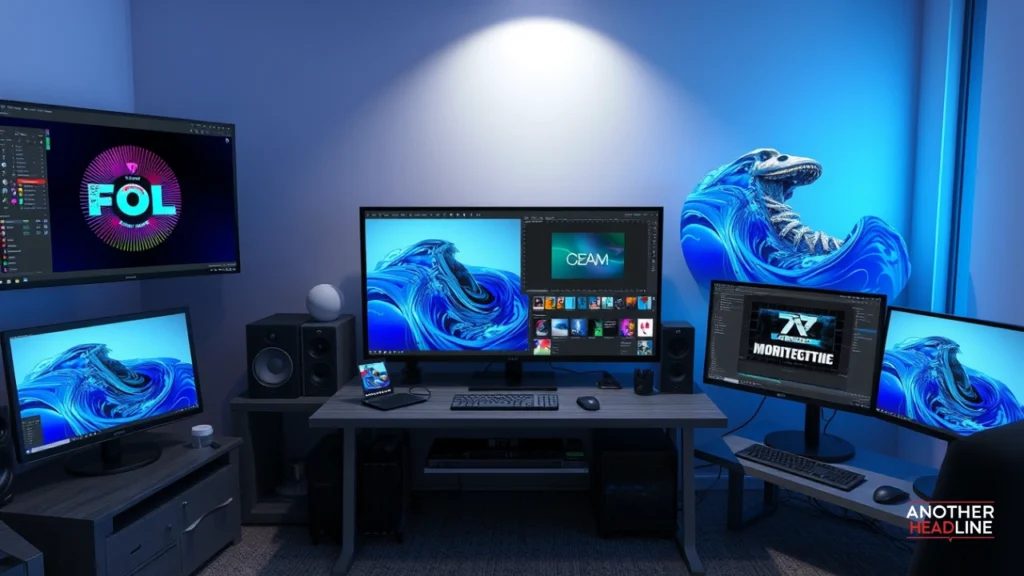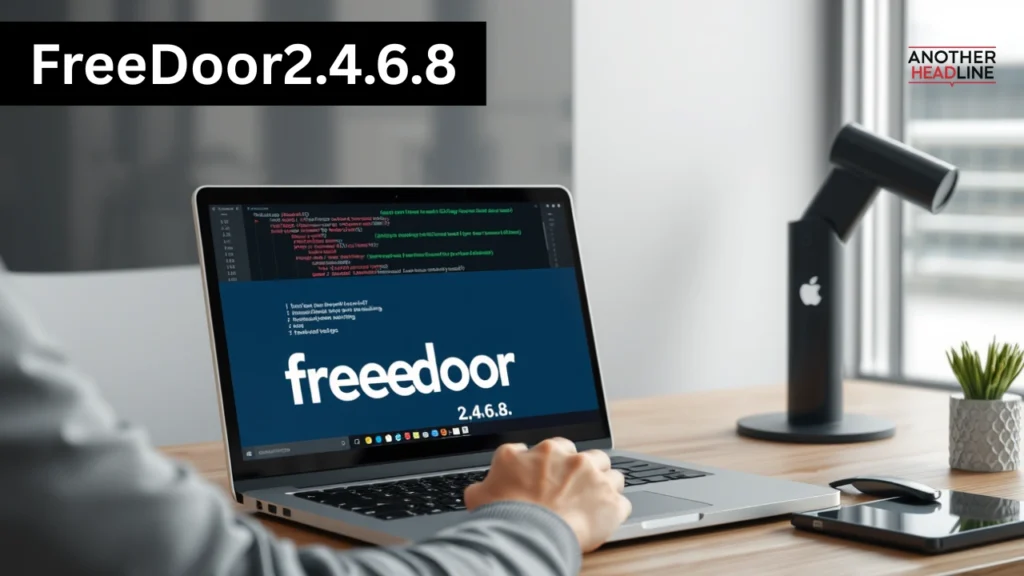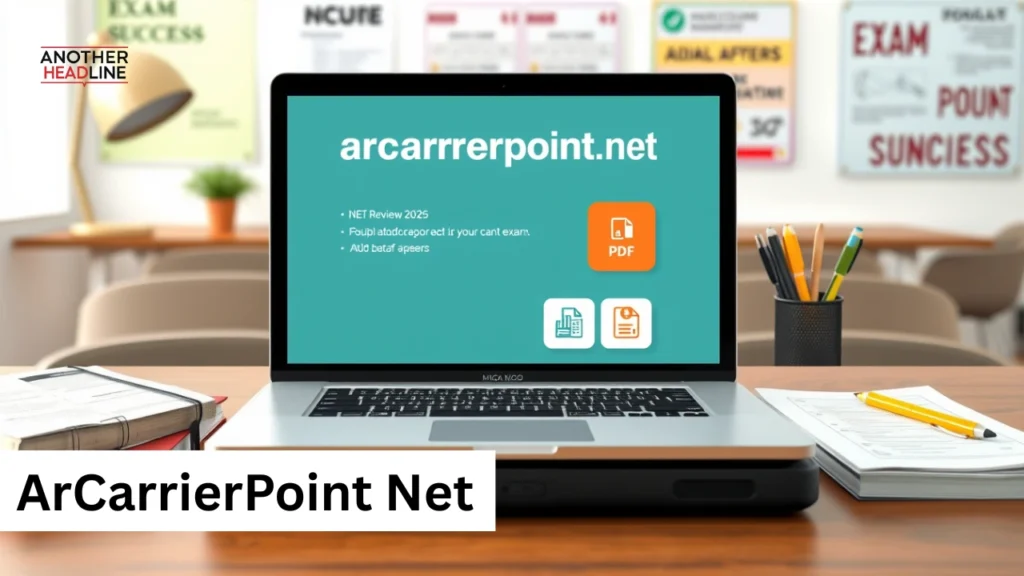The ever-evolving world of digital creativity, designers need tools that combine power, flexibility, and ease of use. Whether it’s crafting stunning visuals, editing photos, or designing intuitive interfaces, the right design software can make or break your creative workflow.
GfxPixelment is one such all-in-one design platform that blends the best of vector illustration, photo editing, typography, and UI/UX design into a single, efficient system. It’s built for both beginners looking to explore creativity and professionals demanding precision and reliability.
What Makes a Design Software “Good”?

Before exploring GfxPixelment’s strengths, it’s important to understand what makes a design software truly good. A reliable tool should:
- Offer versatility — suitable for illustration, photo editing, and layout design.
- Support multiple file formats for easy collaboration.
- Be intuitive for beginners while powerful enough for professionals.
- Run efficiently on standard systems without requiring expensive hardware.
- Receive frequent updates and offer dependable customer support.
GfxPixelment checks all these boxes, delivering professional-grade features at an affordable cost.
Also Read
Introducing GfxPixelment
GfxPixelment brings together creativity and technology under one interface. It combines the precision of vector tools with the flexibility of raster editing, along with a range of features that simplify everyday design work.
Whether you’re creating a brand logo, a marketing banner, or a complete mobile app interface, GfxPixelment provides everything you need in one software—eliminating the need to switch between multiple apps.
Key Features of GfxPixelment

1. Vector Drawing Tools
- Create crisp, scalable graphics ideal for logos, icons, and branding assets.
- Supports shape building, pen tools, and Bézier curve adjustments.
- Maintains quality across any resolution or output size.
- Perfect for designers who prioritize precision and flexibility.
2. Advanced Photo Editing
- Includes a complete photo editor for color correction, cropping, and retouching.
- Layer-based editing system for better creative control.
- Built-in filters, effects, and masking options.
- Adjustment layers let you make reversible edits without harming the original image.
3. Typography and Text Management
- Full support for OpenType and TrueType fonts.
- Typography grids, spacing adjustments, and text path tools.
- Import custom fonts and experiment with creative lettering.
- Essential for social media graphics, posters, and advertisements.
4. UI/UX Design Capabilities
- Tools for creating wireframes, mockups, and prototypes.
- Pixel-accurate alignment and grid snapping.
- Real-time preview for mobile and web designs.
- Collaboration tools for sharing prototypes with clients or teams.
5. Cross-Platform Compatibility
- Works seamlessly on Windows, macOS, and Linux.
- Supports popular design formats like SVG, PNG, PSD, PDF, EPS, and WebP.
- Ideal for multi-device workflows and team collaborations.
Why Designers Prefer GfxPixelment
Designers today need efficiency and flexibility—and GfxPixelment delivers both.
Benefits at a Glance:
- All-in-One Platform: Replace multiple tools with one unified workspace.
- Cost-Effective: One-time license or flexible payment plan — far more affordable than Adobe subscriptions.
- Beginner-Friendly: Tutorials, templates, and drag-and-drop simplicity.
- Professional Performance: Layer support, large file handling, and advanced export controls.
For freelancers and small studios, this translates to significant cost savings and a smoother creative process.
GfxPixelment for Beginners
Learning design doesn’t have to be intimidating. GfxPixelment simplifies the process through:
- Clean Interface: Clear menus and well-organized tools for easy navigation.
- Built-in Tutorials: Step-by-step guidance for new users.
- Pre-made Templates: Ready-to-edit posters, business cards, and social posts.
- Drag-and-Drop Tools: Quick creation without technical complexity.
Beginners can explore multiple design disciplines—illustration, photo editing, and UI design—without ever leaving the platform.
GfxPixelment for Professionals
For seasoned designers, GfxPixelment offers the depth and reliability required for commercial projects.
Pro-Level Capabilities:
- Layer Management: Organize complex projects efficiently.
- Precise Color Control: Supports CMYK, RGB, and HEX color profiles.
- High-Resolution Output: Ideal for print and digital publishing.
- Batch Processing: Apply edits to multiple assets at once.
- Collaboration Tools: Share projects, comment in real time, and version control for teams.
From marketing agencies to digital illustrators, professionals appreciate how GfxPixelment balances power with simplicity.
GfxPixelment vs. Other Design Tools
GfxPixelment vs. Adobe Illustrator
- Illustrator: Industry standard for vectors but expensive.
- GfxPixelment: Delivers comparable precision at a fraction of the cost.
- Ideal for startups and freelancers avoiding costly subscriptions.
GfxPixelment vs. Photoshop
- Photoshop: Best for raster editing but lacks vector flexibility.
- GfxPixelment: Combines both raster and vector features in one package, streamlining creative workflows.
GfxPixelment vs. Free Tools (GIMP, Inkscape)
- Free tools: Functional but often limited and less refined.
- GfxPixelment: Offers professional polish, faster performance, and frequent updates.
GfxPixelment positions itself as the perfect middle ground between high-end software and limited free alternatives.
Supported File Formats
A good design tool must make collaboration seamless. GfxPixelment supports a wide range of file formats, including:
- Raster formats: PNG, JPEG, TIFF
- Vector formats: SVG, EPS
- Editable formats: PSD, PDF
- Web formats: WebP, GIF
This compatibility ensures that your designs integrate easily across print, web, and digital publishing platforms.
Workflow Efficiency with GfxPixelment
Efficiency defines modern design productivity. GfxPixelment offers built-in tools that simplify complex workflows:
- Customizable Workspaces: Arrange tools and panels as per your style.
- Keyboard Shortcuts: Speed up frequent tasks.
- Smart Templates: Pre-built layouts for web, social media, and print.
- Batch Export: Save time by exporting multiple files in one go.
- Auto-Save and Versioning: Keep your progress secure without losing edits.
With GfxPixelment, designers can spend more time creating and less time managing tools.
Learning Curve and Design Community
One of GfxPixelment’s biggest advantages is its user-friendly learning curve. It’s built for accessibility, ensuring even new designers can start creating within hours.
Community Highlights:
- Online tutorials, video courses, and user guides.
- Active forums and Discord groups for peer support.
- Free design assets, icons, and templates shared by the community.
This growing ecosystem makes learning collaborative and inspiring, especially for self-taught creators.
Performance and System Requirements
Unlike heavy professional software, GfxPixelment is optimized for smooth performance on standard hardware.
Minimum Requirements:
- 4 GB RAM
- Dual-core processor
- 2 GB free storage space
- Compatible with Windows, macOS, and Linux
Its lightweight structure ensures designers don’t need expensive systems, making it accessible to students, freelancers, and small studios.
Updates and Customer Support
GfxPixelment maintains high reliability through regular updates and responsive support.
Ongoing Improvements Include:
- New tools and templates in every version.
- Bug fixes and UI optimizations.
- Enhanced file compatibility with major formats.
Premium users enjoy 24/7 support via email, live chat, and ticket systems, ensuring a hassle-free experience.
Who Should Use GfxPixelment?
GfxPixelment’s flexibility makes it suitable for multiple audiences:
- Students: Affordable tool for learning design fundamentals.
- Freelancers: Cost-effective solution for varied client needs.
- Agencies: Ideal for team collaboration and shared projects.
- Small Businesses: Create branding materials like logos, flyers, and social media ads in-house.
Real-World Applications of GfxPixelment
The software isn’t just theoretical—it’s used across industries worldwide.
Applications Include:
- Marketing & Advertising: Create banners, posters, and digital campaigns.
- Web Design: Build mockups, icons, and interactive layouts.
- Publishing: Design book covers, eBooks, and layouts.
- Corporate Branding: Develop logos, brochures, and brand kits.
- Education: Teach design basics and creative workflows.
Final Verdict
GfxPixelment is more than just another design app—it’s a creative powerhouse that unifies illustration, photo editing, typography, and UI/UX tools into a single, efficient environment. Its affordable pricing, powerful features, and user-friendly interface make it ideal for both aspiring creators and professional designers. Whether you’re editing images, designing logos, or building interfaces, GfxPixelment delivers all the flexibility and power needed for modern design projects.
In short, GfxPixelment defines what a good design software should be — powerful, affordable, versatile, and accessible to all.




